Revealed: The most improved schools across Sydney
After much number crunching NewsLocal can reveal the most improved schools over the last five years across Sydney. See the full list and where your school came.
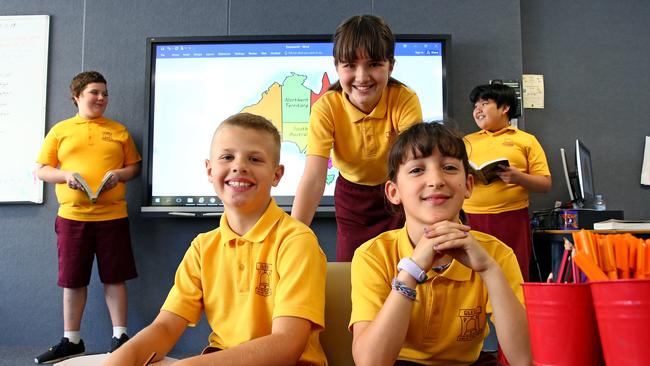
An independent analysis of five years of NAPLAN results has revealed the schools that improved most in the Inner City Sydney region.
The independent analysis, which compiled data from the Federal Government’s MySchool website, looked at scores from the year 5 and year 9 tests between 2014 and 2018.
The school that improved its year five results the most in the region was St Michael’s Catholic Primary School, Daceyville.
St Michael's average results across all subjects improved by 17.81 per cent since 2014.
This is no mean feat considering the rapid growth of enrolments at St Michael’s, with 100 more students filling classrooms compared to five years ago.
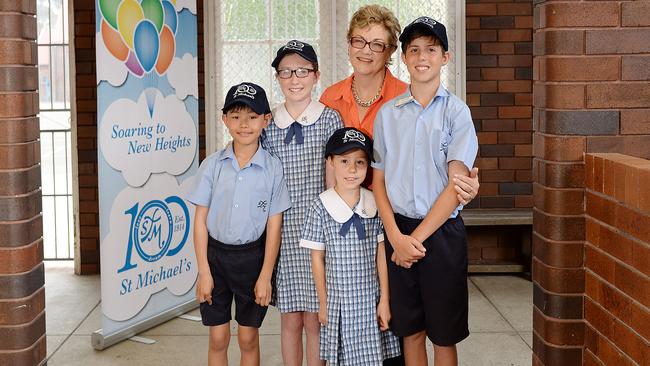
Assistant Principal of St Michael’s, Deanne Di Stefano, said collaboration was key to achieving shared school goals, which has led to improved NAPLAN scores.
“The teacher’s professional development sessions are based around our nominated school goals and teachers are given time to collaboratively design student learning,” Mrs Di Stefano said.
“We come together to collaborate using a multidisciplinary integrated approach that is underpinned by literacy.”
The improvement percentage is based on the increase or decrease in a school’s total NAPLAN score over the five year period.
NAPLAN looks at reading, writing, spelling, grammar and numeracy.
To put the achievements of St Michael’s into context, the average improvement percentage across the state was 0.25 per cent and 0.60 per cent for the Inner City Sydney region.
St Michael’s biggest improvement was in grammar which improved by 111 points over the five years, followed by reading which jumped 100 points, numeracy which jumped 81 points, and spelling which jumped 79 points.
The school has said the soaring results can be partly attributed to St Michael’s participation in the Sydney Catholic School’s Quality Literacy Teaching program for the past three years, which has influenced new models of teaching that foster learner independence.
“All teachers have used a ‘gradual release of responsibility’ teaching method,” Mrs Di Stefano said.
“This is where they have moved from explicitly modelling the use of grammar through the use of quality literature, to guiding the students in independently communicating their ideas.”
In addition to this, teachers have been focused on assisting students set explicit learning goals, which will hopefully pay big dividends as the school transitions to NAPLAN online next year.
“It will be interesting to see how children will respond to a different platform in a testing environment,” Mrs Di Stefano said.
She also highlighted student writing as an area the school is keen to continue boosting, emphasising the important support that can be provided by parents.
“We want to provide opportunities for children to practise their oral language skills. Children can’t write what they can say,” Mrs Di Stefano said.
“This is an area where parents can really help. Parents can give their children opportunities to engage in conversation, play word games and to read aloud to them.”
St Michael’s will start a new building project “in the near future” with exciting new learning spaces, highlighting the school’s commitment to a “reinvigorated approach to learning”.
“We can no longer teach how we were taught in the past with four-walled classrooms and desks all in rows. We want to engage our learners by nurturing their curiosity and igniting their imaginations,” Mrs Di Stefano said.
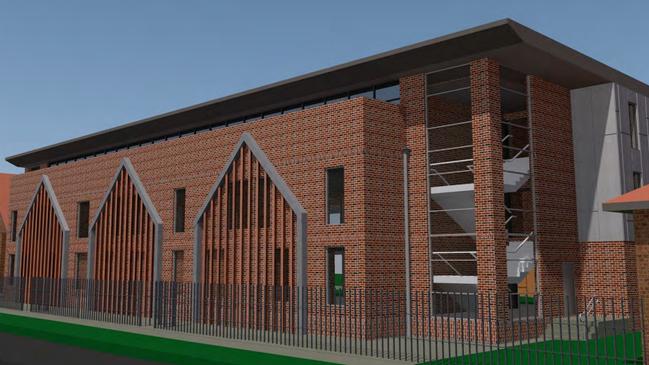
The region’s second biggest improvement in year 5 results was at Glebe Public School where scores increased by 17.75 per cent.
Principal of Glebe Public School, Bryce Walker, praised “the efforts of all stakeholders”, especially highlighting the rapport between parents and teachers.
“It’s the three R’s – relationships, relationships, relationships. Parents and authentic relationships play a pivotal role in all aspects of our school,” Mr Walker said.
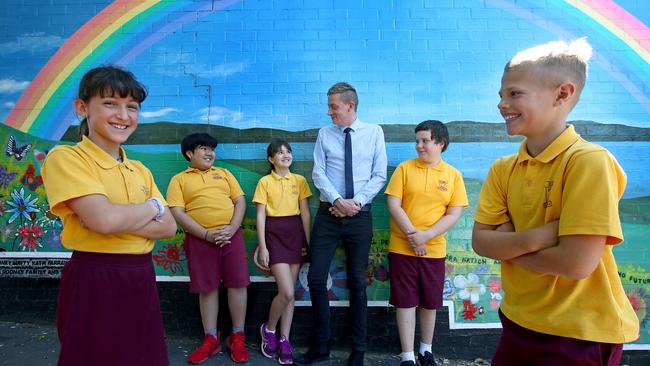
“We have a school culture where collaboration between all staff is strong and intrinsic to our daily operations,” he continued.
Divulging the secrets of Glebe Public School’s success, Mr Walker emphasised the significance of some strategic investments.
“What has worked well for us is using our allocated Resource Allocation Model (RAM) funds to invest heavily in human resources and having embedded evaluative practices to routinely analyse the impact of this investment,” he said.
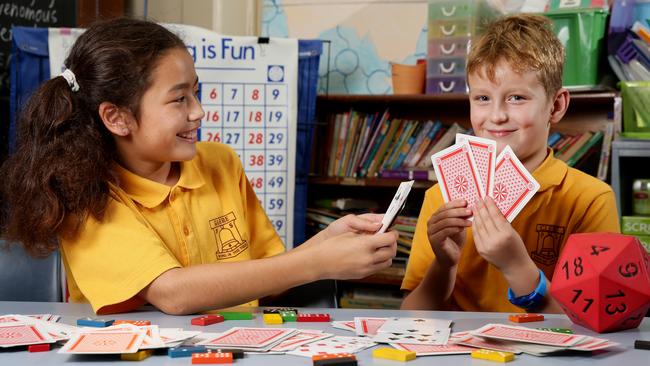
Glebe Public School’s most noteworthy improvements were in reading and grammar which climbed 124 and 120 points respectively.
Looking to the future, Mr Walker said the school’s goals for the next five years include moving students currently performing in the middle bands of NAPLAN to the top two bands for reading and numeracy.
“We are excited about establishing a school-wide learning support team, which will include the addition of a teacher to meet the specific literary and numeracy needs of our high performing students,” he said.

This is in addition to existing initiatives at Glebe Public School like the newspaper and library clubs which have already helped improve literacy skills in an engaging way.
The third biggest improvement in year five NAPLAN was at Ashfield Public School, in Ashfield, where results increased 12.7 per cent over the five-year period.
Ashfield Public School’s biggest improvement was in reading which jumped up 82 points, followed by numeracy and grammar.
The top five is rounded out by Botany Public School (8.6 per cent) and St Fiacre’s Catholic Primary School, Leichhardt (8.5 per cent).
There were a number of surprises in the bottom ten, with some of NSW’s better known private schools making an appearance.
While it was Woolloomooloo’s Plunkett Street Public School (-7.17 per cent) with the biggest fall in scores over the five years, Randwick’s prestigious Claremont College (-4.21%) and Rose Bay’s Kambala were not far behind (-5.98%).
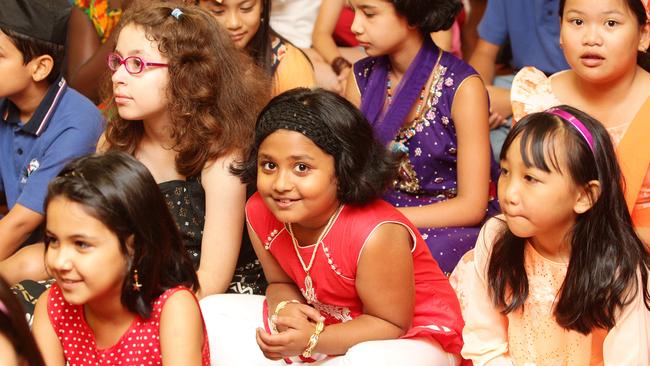
Top of the class for year nine improvement in Inner City Sydney was the Australian International Academy (AIA) at the Strathfield Campus. AIA is an International Baccalaurette World school providing Islamic education.
Increasing its year nine results by 5.4 per cent between 2014 and 2018, AIA especially aced the grammar portion of the NAPLAN exams with a 43 point improvement over the five years.
Curriculum Co-ordinator Bedrieh Kheir said a “whole school approach” to learning was key to their students meeting learning outcomes.
“Improved literacy is the responsibility of all teachers,” Ms Kheir said.
“Our literacy co-ordinator runs workshops for all teachers of all subjects showing them how to incorporate literacy strategies in their class and subject.”
While not teaching to the NAPLAN test, Ms Kheir highlighted “NAPLAN item analysis” as important for developing target strategies for areas of concern.
“Every year, after the release of SCOUT [measuring tool for NAPLAN], all teachers no matter what they teach are involved in NAPLAN focus groups … The literacy and numeracy professional dialogue is ongoing,” she said.
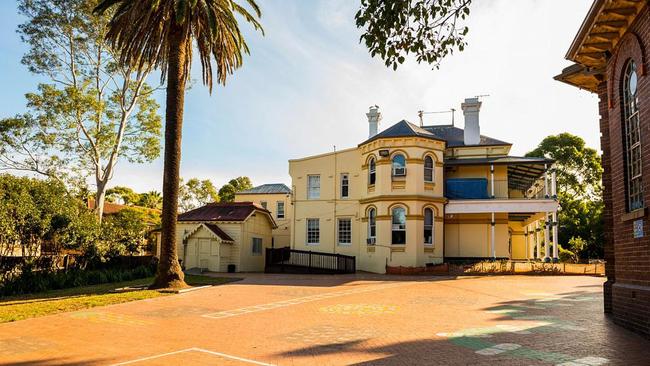
As an International Baccalaurette school, AIA also encourages “the importance of the mother tongue” at home, which not only fulfils cultural aims but also has added educational benefits.
“Research shows that strengthening the mother tongue at home also contributes to improved literacy,” Ms Kheir said.
“The constructive communication of effective partnership between home and school is the key to ensur[ing] that character building and values education are instilled.”
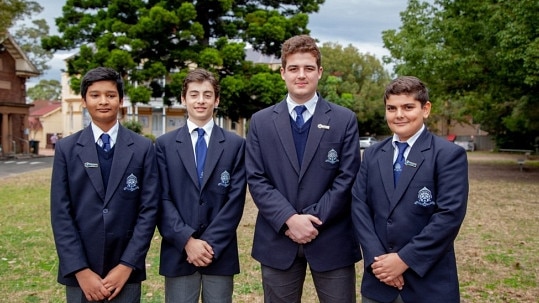
The Inner City Sydney school with the second biggest improvement was Marrickville High School where results improved 4.6 per cent.
Marrickville High School’s biggest improvement was in numeracy which increased 36 points, followed by writing and grammar
Average results at Dulwich High School of Visual Arts and Design, increased 3.4 per cent, the third highest increase in the region.
They improved the most in grammar which jumped 28 points, followed by writing and numeracy.
Completing the top five were Matraville Sports High School (3.3 per cent) and Moriah College (3.2 per cent) in Queens Park.
Inner City Sydney’s top 10 improvements in year five NAPLAN were:
1. St Michael’s Catholic Primary School: 17.8 per cent
2. Glebe Public School: 17.8 per cent
3. Ashfield Public School: 12.7 per cent
4. Botany Public School: 8.6 per cent
5. St Fiacre’s Catholic Primary School: 8.5 per cent
6. St Martha’s Catholic Primary School: 8.2 per cent
7. Camdenville Public School: 7.9 per cent
8. St Paul of the Cross Catholic Primary School: 7.2 per cent
9. Our Lady of Mount Carmel Catholic Primary School: 7.2 per cent
10. Concord West Public School: 6.98 per cent
Inner City Sydney’s bottom 10 improvements in year five NAPLAN were:
1. Plunkett Street Public School: -7.17%
2. Mascot Public School: -7.02%
3. Paddington Public School: -6.04%
4. Kambala: -5.98%
5. St Peters Public School: -5.01%
6. Darlington Public School: -4.74%
7. Five Dock Public School: -4.47%
8. Claremont College: -4.21%
9. Matraville Soldiers Settlement Public School: -4.17%
10. Strathfield South Public School: -4.08%

Inner City Sydney’s top 10 improvements in year nine NAPLAN over the five years were:
1. Australian International Academy Sydney Strathfield Campus: 5.4 per cent
2. Marrickville High School: 4.6 per cent
3. Dulwich High School of Visual Arts and Design: 3.4 per cent
4. Matraville Sports High School: 3.3 per cent
5. Moriah College: 3.2 per cent
6. Rosebank College: 3.0 per cent
7. De La Salle College Ashfield: 2.8 per cent
8. Ashfield Boys High School: 2.7 per cent
9. Emanuel School: 2.7 per cent
10. Tempe High School: 2.5 per cent
Inner City Sydney’s bottom 10 improvements in year nine NAPLAN over the five years were:
1. Macquarie Grammar School: -10.77
2. Alexandria Park Community School: -4.76
3. Kesser Torah College: -4.65
4. Ascham School: -3.56
5. Strathfield South High School: -2.21
6. Sydney Distance Education High School: -1.78
7. Sydney Boys High School: -1.66
8. Presbyterian Ladies’ College Sydney: -1.66
9. International Grammar School: -1.64
10. Concord High School: – 1.59
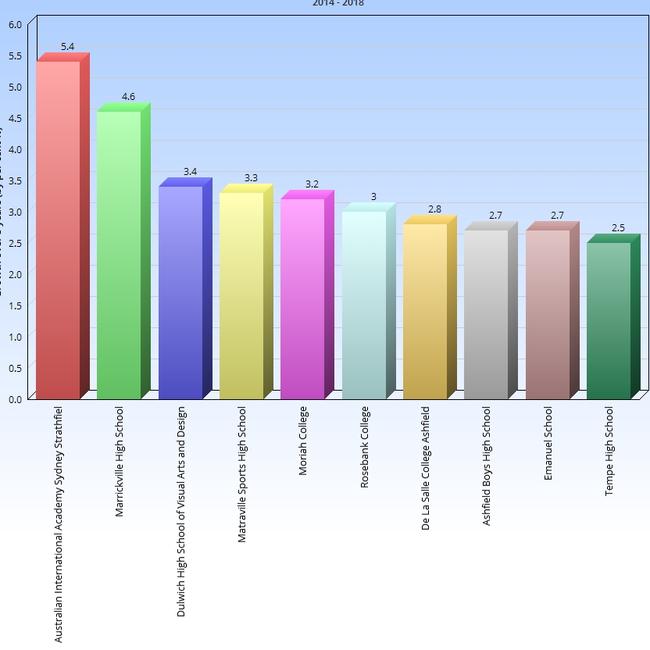
Special schools, schools with fewer than 20 students enrolled in either year, and schools that did not report any results for NAPLAN subjects in either year were excluded from the analysis.
